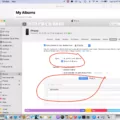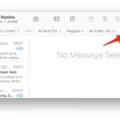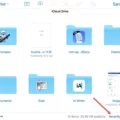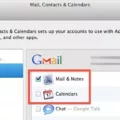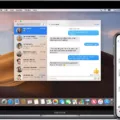In today’s digital age, cloud storage has become an essential part of our lives. It allows us to store and access our important files, photos, and documents from anywhere, at any time. One of the most popular cloud storage services is iCloud, developed by Apple. iCloud offers a seamless and convenient way to sync and backup your data across all your Apple devices. However, like any other software, it requires periodic updating to ensure optimal performance and security. In this article, we will explore the process of updating iCloud and address common issues that users may encounter.
Why Update iCloud?
Updating iCloud is crucial for several reasons. First and foremost, updates often include bug fixes and security enhancements, which help protect your data from potential threats. These updates also introduce new features and improvements that enhance the overall user experience. By keeping your iCloud up to date, you can ensure that you have access to the latest functionalities and enjoy a smoother and more reliable cloud storage experience.
Checking iCloud Storage:
Before initiating an update, it is important to ensure that your iCloud storage is not already full. If your device is running low on storage space, it can impact the performance and stability of the updating process. To check your iCloud storage:
1. Click on the Apple menu () in the top-left corner of your screen.
2. Select “System Preferences” or “System Settings.”
3. Click on “Apple ID” or “iCloud.”
4. Choose “iCloud” from the left sidebar.
5. Here, you will see a breakdown of your iCloud storage usage. Make sure you have enough free space to accommodate the update.
If your iCloud storage is almost full, consider deleting unnecessary files or upgrading to a higher storage plan to avoid any potential issues during the update process.
Updating iCloud:
Once you have confirmed that your iCloud storage is sufficient, you can proceed with the updating process. Follow these steps to update iCloud on your Apple device:
1. Connect your device to a stable internet connection. A bad internet connection can significantly prolong the update process.
2. Go to the “Settings” app on your device.
3. Tap on your Apple ID, which is usually located at the top of the Settings menu.
4. Scroll down and select “iCloud.”
5. Here, you will find a list of apps that can sync with iCloud. Choose the ones you want to update by selecting or deselecting them.
6. If prompted, enter your Apple ID password to authorize the update.
7. Wait for the update process to complete. The time it takes can vary depending on the size of the update and your network speed. It can range from a few minutes to half an hour.
During the update, it is important to keep your device connected to a power source to ensure uninterrupted updating. Interrupting the update process can lead to potential issues and may require further troubleshooting.
Syncing Text Messages on iCloud:
In addition to backing up your files and photos, iCloud offers the ability to sync your text messages across multiple Apple devices. This feature allows you to access your messages seamlessly on your iPhone, iPad, iPod Touch, or Mac. To enable iCloud Messages sync:
1. On your iPhone or iPad, go to “Settings.”
2. Tap on your Apple ID and select “iCloud.”
3. Scroll down and toggle on the “Messages” option.
Once enabled, your text messages will be synced to iCloud, and you can view them on any Apple device linked to your iCloud account. This feature ensures that you never miss an important conversation, regardless of the device you are using.
Updating iCloud is vital to maintain the security and functionality of your Apple devices. By following the steps outlined in this article, you can ensure a smooth and hassle-free update experience. Remember to check your iCloud storage before initiating an update and keep your device connected to a power source during the process. Additionally, consider enabling iCloud Messages sync to access your text messages across all your Apple devices. Stay updated, stay connected!
Why Is iCloud Stuck On Updating?
There could be various reasons why iCloud gets stuck on updating. Here are some possible causes:
1. Insufficient iPhone storage: If your iPhone storage is almost full, it might affect the performance and stability during the updating process. This can result in the device getting stuck on the updating iCloud settings screen.
2. Bad internet connection: A poor or unstable internet connection can also cause iCloud to get stuck on updating. The update process requires a stable and fast internet connection to download and install the necessary updates.
3. Software glitches: Sometimes, software glitches or bugs can interfere with the updating process and cause iCloud to become stuck. These glitches can occur due to various factors, such as incompatible software, conflicting settings, or corrupted files.
4. Outdated software: If your iPhone’s software is not up to date, it can lead to compatibility issues with iCloud updates. It is always recommended to keep your device’s software updated to ensure smooth functioning of iCloud and other features.
5. Server issues: Temporary server problems on Apple’s end can also cause iCloud to get stuck on updating. These issues are typically resolved by Apple, but they can occasionally affect the updating process.
To troubleshoot the issue, you can try the following steps:
– Check your iPhone storage: Delete unnecessary files or apps to free up space on your device.
– Check your internet connection: Ensure that you have a stable and fast internet connection before initiating the update.
– Update your iPhone software: If your device is not up to date, install the latest software version to ensure compatibility with iCloud updates.
– Restart your iPhone: Sometimes, a simple restart can resolve temporary software glitches or issues.
– Reset network settings: If the internet connection is consistently problematic, you can try resetting your network settings to resolve any network-related issues.
If none of these steps resolve the problem, it is advisable to contact Apple Support for further assistance.
How Long Does It Take For ICloud To Update?
The time it takes for iCloud to update can vary depending on several factors. One of the main factors is the size of the data being updated. Larger files or a larger amount of data may take longer to update compared to smaller files or less data.
Another factor that can affect the update time is the speed of your internet connection. If you have a slow internet connection, it could significantly prolong the update process. On the other hand, a faster internet speed can expedite the update.
In addition to these factors, the overall efficiency and performance of the iCloud service itself can also impact the update time. If iCloud is experiencing any technical issues or server delays, it may take longer for the update to complete.
Typically, an iCloud update can range anywhere from 1 minute to 30 minutes. However, it’s important to note that this is just a general estimate, and the actual time can vary based on the aforementioned factors.
To summarize, the time it takes for iCloud to update can depend on the size of the data, the speed of your internet connection, and the performance of the iCloud service. It can generally take anywhere from 1 minute to 30 minutes.
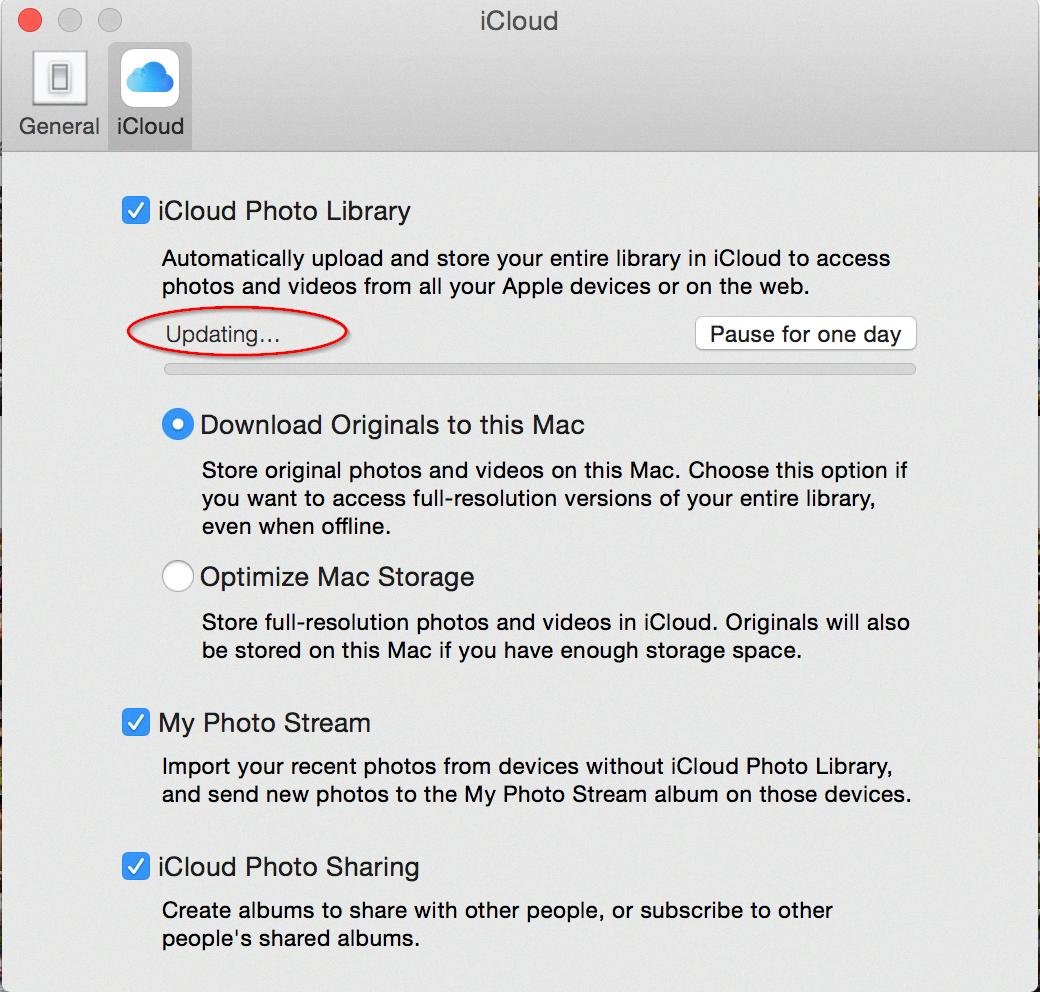
How Do I Stop iCloud From Updating?
To stop iCloud from updating specific apps, you can follow these steps:
1. Open the Apple menu by clicking on the Apple logo located on the top left corner of your screen.
2. From the menu, select “System Preferences” or “System Settings.”
3. In the System Preferences window, click on “Apple ID.”
4. Once the Apple ID settings are open, click on the “iCloud” tab.
5. Here, you will see a list of apps that are currently set to update through iCloud. These apps may include Mail, Contacts, Calendar, Reminders, Safari, News, Notes, and others.
6. To stop an app from updating through iCloud, simply deselect the checkbox next to its name. This will prevent the app from syncing and updating across your devices using iCloud.
7. Repeat step 6 for each app you wish to stop updating through iCloud.
By following these steps, you can customize which apps are allowed to sync and update through iCloud, giving you more control over your data and device settings.
Do Text Messages Sync To iCloud?
Text messages can be synced to iCloud on Apple devices. iCloud offers a feature called iCloud Messages sync, which allows you to synchronize your text messages across multiple Apple devices. This means that all your messages will be accessible and viewable in the Messages app on your iPhone, iPad, iPod Touch, and Mac.
To enable iCloud Messages sync, you need to make sure that you are signed in to the same iCloud account on all your devices. Here’s how to do it:
1. On your iPhone or iPad, go to “Settings” and tap on your name at the top of the screen.
2. Tap on “iCloud” and then scroll down to find “Messages.”
3. Toggle the switch for “Messages” to enable iCloud Messages sync. You may be prompted to merge your messages with iCloud. Choose “Merge” to combine your existing messages with those in iCloud.
Once iCloud Messages sync is enabled, all your new and existing text messages will be stored in iCloud, and any changes or deletions you make on one device will be reflected on all your other Apple devices.
It’s important to note that only messages sent and received through the Messages app will be synced to iCloud. This includes regular text messages (SMS), iMessages (messages sent between Apple devices using an internet connection), and multimedia messages (MMS) with attachments like photos or videos.
By syncing your text messages to iCloud, you can easily access and manage your conversations across all your Apple devices, ensuring that you never miss an important message.
Conclusion
Updating iCloud settings is an essential process for ensuring the smooth functioning of your Apple devices and keeping your data synced across multiple devices. However, there are a few factors that can affect the updating process.
Firstly, if your iPhone storage is almost full, it can impact the performance and stability of the device during the update, potentially causing it to get stuck on the updating iCloud settings screen. It is important to free up some storage space on your device before attempting the update to avoid such issues.
Secondly, a bad internet connection can also hinder the updating process. The time it takes for the update to complete depends on the speed of your network. It can range from as little as 1 minute to as long as 30 minutes. Therefore, ensure that you have a stable and fast internet connection before initiating the update.
Lastly, it is worth noting that iCloud messages sync feature allows you to sync your text messages across Apple devices. This means that all your messages will be accessible in the Messages app on your iPhone, iPad, iPod Touch, or Mac. However, it is important to remember that this feature is only available on Apple devices, and you cannot sync your text messages to iCloud on non-Apple devices.
Updating iCloud settings is crucial for maintaining the functionality of your Apple devices and keeping your data in sync. By ensuring that you have enough storage space, a stable internet connection, and taking advantage of the iCloud messages sync feature, you can optimize your iCloud experience and seamlessly access your messages across all your Apple devices.

